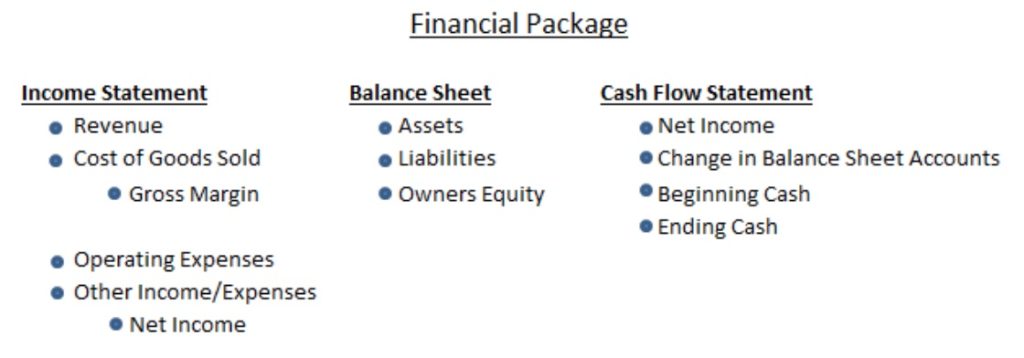Accounting: The Monthly Close. What Is It and Why Do It?
Periodically, the business owner and their management team will want to review the company’s performance and assess its financial health. Although most accounting software packages can automatically generate a multitude of financial reports, the software cannot know that all of the required data has actually been entered.
To ensure the integrity of any reports produced, a series of tasks are performed to verify that the underlying data is complete and correctly entered. This process is commonly referred to as “closing the books”. The word “closed” also indicates that transactions will no longer be entered using a date prior to the ‘close date’.
Task 1: Enter Data
Make sure all transactions are entered. It is most beneficial to have a checklist in order to mark all required entries as they are completed during the period. At the end of the period, a review of the checklist will reveal any items yet to be accomplished.
Task 2: Review Results
Whenever possible, account balances should be compared to third party statements to be sure the accounts agree. The most obvious of these includes reconciliations of bank accounts, credit card accounts and investment accounts to the statements received from the bank. Large vendors may also send statements that should be verified with your own records.
Once all entries have been posted, preliminary reports should be run for review. It is particularly effective to run reports showing the most recent periods side by side to look for notable changes. If there is a Budget or Forecast available, comparisons against the actual results may also highlight areas for further investigation.
When the reconciliations and report review are completed, prepare a preliminary Income Statement and Balance Sheet. Provide these reports to management for review. If they are accepted, then the full complement of financial reports can be published and the “close” is complete.
Check your accounting software to see if it allows you to set a ‘close date’ to prevent the inadvertent entry of transactions to any period that has already been reported.
Task 3: Publish Reports
A typical financial package consists of Income Statement, Balance Sheet and Cash Flow Statement.

Management can assess the condition of the company’s financial from these three reports. In many cases, however, owners will request additional reports to assist them in monitoring specific company goals. These may include Profitability by Customer or line of business, outstanding Accounts Receivable by number of days past due, comparisons to Budget or Forecast, and other topics unique to your business.
Learn how this information can make your business more efficient – Call (408) 260-5250







